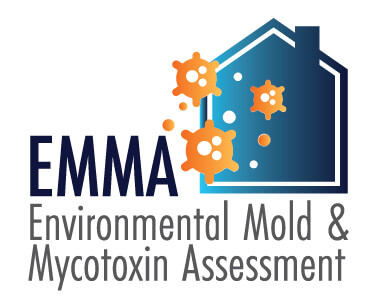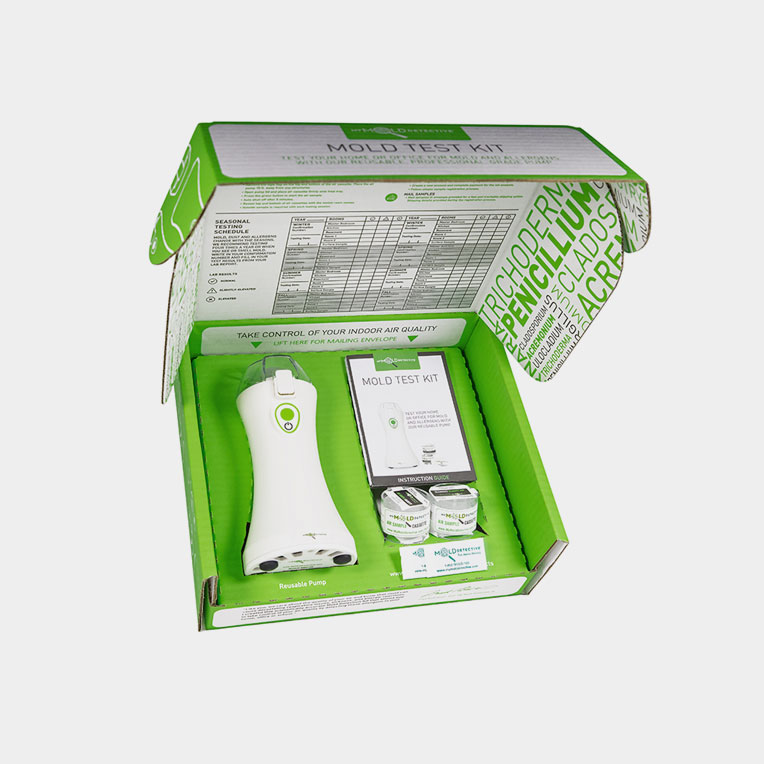Why Mycotoxin Screening Providers Are Essential for Protecting Public Wellness
The importance of mycotoxin screening solutions in safeguarding public health and wellness can not be overemphasized. Mycotoxins, harmful substances produced by fungi, present serious health dangers such as liver damage and cancer when existing in food and feed. By recognizing and mitigating these dangers via regular screening, we can avoid polluted items from getting to customers. This not just ensures conformity with rigid regulatory requirements however likewise boosts customer confidence and keeps the stability of the agricultural market. Understanding the systems and advantages of these screening services opens a critical conversation about their role in public health protection.
Comprehending Mycotoxins
Recognizing mycotoxins is important for making sure food safety and protecting public health and wellness. Mycotoxins are toxic substances generated by certain sorts of fungi, commonly located in food and feed plants. These fungis can proliferate in a variety of problems, particularly in moist and cozy environments, leading to contamination throughout pre-harvest, storage, or processing phases. One of the most widespread mycotoxins include aflatoxins, ochratoxin A, fumonisins, and trichothecenes, each with distinct chemical frameworks and toxicological residential or commercial properties.
The visibility of mycotoxins in foods can compromise their security and quality. They are resistant to standard food processing methods, thereby continuing the food supply chain and positioning possible risks. Regulative bodies worldwide, such as the Food and Farming Company (FAO) and the World Wellness Organization (WHO), have actually set rigid restrictions on appropriate levels of mycotoxins in food items to mitigate their negative effects.
Effective mycotoxin monitoring involves detailed surveillance and testing to find and evaluate their degrees in agricultural items. This aggressive approach assists in determining infected sets early, therefore preventing their introduction right into the marketplace. Implementing strict mycotoxin controls is essential for preserving food security requirements and guarding consumer wellness.
Health And Wellness Dangers of Mycotoxins

Direct exposure to mycotoxins presents considerable health risks to both human beings and animals, necessitating alert monitoring and control actions. These hazardous additional metabolites, created by particular fungi, can infect food and feed, bring about severe and persistent health problems. In humans, mycotoxins such as aflatoxins, ochratoxins, and fumonisins can cause a variety of negative results, including liver damage, kidney poisoning, immune suppression, and also carcinogenic effects. Aflatoxins have been identified as Group 1 health hazards by the International Company for Study on Cancer (IARC), indicating a proven link to liver cancer.

Offered these extreme health and wellness effects, it is critical to execute durable mycotoxin testing methods. Exact detection and metrology of mycotoxins in food and feed are vital to minimize health dangers and ensure animal and public safety.
Typical Resources of Contamination

Along with cereals, nuts such as peanuts, almonds, and pistachios are highly vulnerable to mycotoxin contamination. Aflatoxins, a potent type of mycotoxin, are generally located in these nuts, especially when storage space conditions are suboptimal. Dried fruits, consisting of figs, raisins, and apricots, likewise existing productive grounds for fungal growth because of their high sugar web content and moisture-retaining homes.
In addition, contamination is not restricted to raw farming products. Processed foods, pet feeds, and dairy products can likewise have mycotoxins if the initial ingredients were polluted. This prolongs the risk of exposure throughout the food supply chain, requiring rigid surveillance and control actions.
Understanding the typical sources of mycotoxin contamination is crucial for applying efficient preventative techniques. Reducing these threats at the resource can substantially minimize the occurrence of mycotoxin-related health discover this issues, securing public health and wellness.
Checking Procedures and approaches
Advanced analytical techniques are utilized to spot and evaluate mycotoxins in various substrates, making certain public health and wellness security. High-Performance Fluid Chromatography (HPLC) combined with mass spectrometry (MS) is a gold requirement in mycotoxin screening, supplying high sensitivity and specificity.
An additional widely used approach is Enzyme-Linked Immunosorbent Assay (ELISA), which uses rapid testing and is cost-efficient for huge example quantities - Mycotoxin testing Services. ELISA packages are beneficial as a result of their convenience of usage and quick turn-around time, making them ideal for on-site testing
Experiencing procedures are equally critical. Correct sampling makes certain that the gathered samplings are depictive of the whole set, thereby reducing the threat of false downsides or positives. Adherence to established guidelines, such as those given by the International Company for Standardization (ISO) and the European Board for Standardization (CEN), is necessary for maintaining consistency and integrity throughout screening practices.
Strenuous validation of these techniques and procedures is important. It guarantees reproducibility and precision, therefore strengthening the integrity of mycotoxin administration systems.

Benefits of Routine Examining
In the world of food security and farming quality assurance, the benefits of normal mycotoxin testing can not be overemphasized. Consistent screening guarantees that farming products fulfill safety criteria, thus shielding consumers from the harmful results of mycotoxins, that include liver damage, immune reductions, and even cancer cells. By identifying infected batches early, routine screening permits timely treatment, stopping such items from going into the food chain.
Additionally, regular mycotoxin testing is crucial for maintaining the stability and reputation of food producers and suppliers. Business that dedicate to normal testing demonstrate their devotion to public health and food safety, consequently obtaining consumer trust fund and loyalty. This positive strategy can also mitigate monetary losses connected with item recalls, legal obligations, and possible profession constraints.
Routine mycotoxin screening makes certain adherence to worldwide and national standards, promoting smooth profession operations and market access. Ultimately, normal mycotoxin screening not only shields public health however likewise fortifies the financial security and global competitiveness of the farming industry.
Conclusion
Mycotoxin testing solutions play a critical duty in public health and wellness protection by recognizing and alleviating the risks postured by hazardous fungal compounds in food and feed. By discovering contamination early, these services protect against severe health concerns such as liver damage and cancer, making certain compliance with governing criteria. Regular screening dig this enhances customer trust, sustains the stability of the agricultural industry, and ultimately adds to the protecting of food safety and security and public health and his comment is here wellness.
The value of mycotoxin testing solutions in safeguarding public health and wellness can not be overemphasized.Comprehending mycotoxins is crucial for making sure food safety and safeguarding public wellness. Mycotoxin testing Services. Regulatory bodies worldwide, such as the Food and Farming Organization (FAO) and the Globe Health Company (THAT), have set rigorous limits on appropriate degrees of mycotoxins in food products to reduce their damaging effects
Eventually, routine mycotoxin screening not just secures public wellness but likewise fortifies the financial security and international competitiveness of the agricultural sector.
Mycotoxin testing solutions play a crucial role in public health and wellness security by recognizing and minimizing the risks posed by harmful fungal compounds in food and feed.